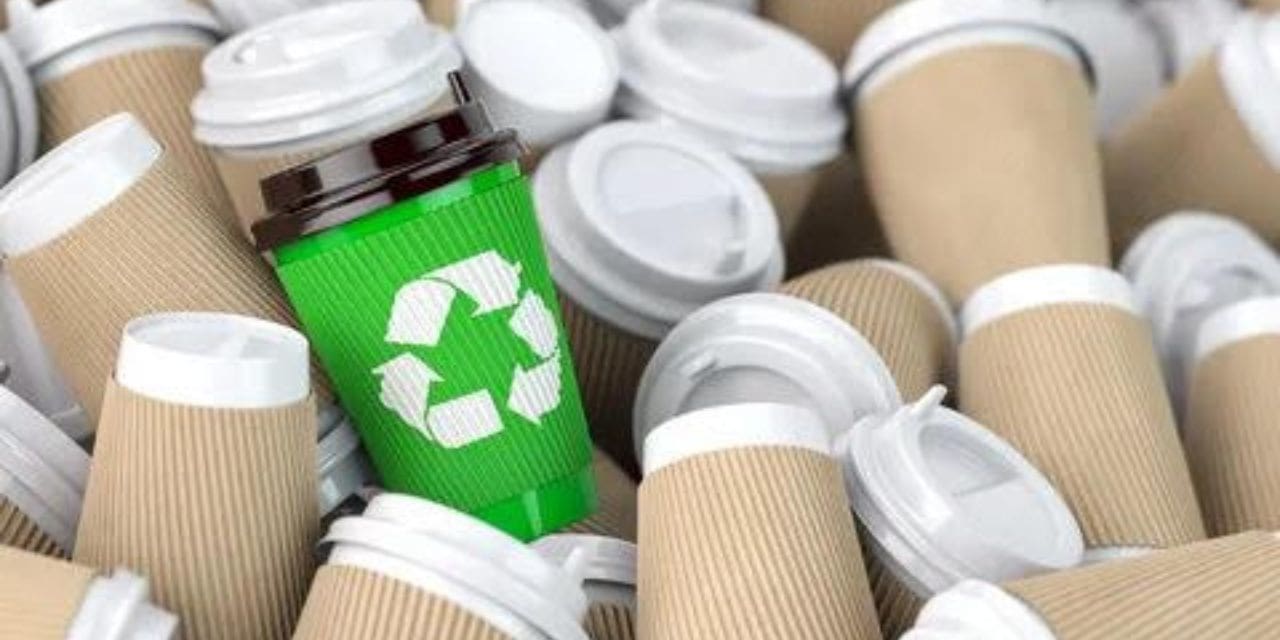Introduction:
The global bioplastics packaging market is undergoing a transformative phase, driven by the escalating demand for sustainable packaging solutions across industries. With a projected compound annual growth rate (CAGR) of approximately 12.5% from 2023 to 2033, reaching a valuation of about US$ 23,818.9 million, the market presents a compelling opportunity for stakeholders. This article offers a comprehensive exploration of the bioplastics packaging landscape, encompassing current trends, future projections, key drivers, challenges, and regional dynamics, as per data according to Persistence Market Research
Current Market Dynamics:
As of 2022, the global bioplastics packaging market size stood at approximately US$ 7,678.7 million, with projections estimating a substantial increase to around US$ 8,913.1 million by the end of 2023. This growth trajectory is indicative of the rising adoption of bioplastics as a viable alternative to conventional plastic packaging materials. Moreover, the market is poised for significant expansion over the forecast period, driven by increasing consumer awareness, regulatory interventions.
Drivers of Growth:
Several factors are propelling the growth of the bioplastics packaging market:
- Sustainability Focus: With heightened environmental consciousness, there’s a growing preference for biodegradable and eco-friendly packaging solutions. Bioplastics, derived from renewable resources, offer a sustainable alternative to traditional plastics, aligning with consumer preferences and regulatory mandates.
- Food and Beverage Sector Demand: The food and beverage industry represents a significant end-user segment for bioplastics packaging. Factors such as contamination risk mitigation, consumer preference for natural polymers, and the pursuit of environmentally friendly packaging solutions are driving the adoption of bioplastics in this sector.
- Technological Advancements: Major industry players are investing in research and development to enhance the physical properties of bioplastic materials. Innovations aimed at improving durability, flexibility, and barrier properties are expanding the application scope of bioplastics across diverse industries.
- Regulatory Initiatives: Stringent regulations aimed at curbing plastic pollution, such as the European Union’s ban on single-use plastics, are catalyzing the adoption of bioplastics packaging. Regulatory interventions incentivize businesses to transition towards sustainable packaging solutions, thereby fostering market growth.
Regional Insights:
- Europe: The European market is at the forefront of bioplastics adoption, driven by stringent regulatory frameworks favoring sustainable packaging practices. Countries like Germany, France, and the UK are witnessing increased investments in bioplastics research and development, bolstering market growth.
- North America: The United States leads the North American bioplastics packaging market, propelled by a combination of regulatory measures, consumer awareness campaigns, and technological innovations. Initiatives aimed at reducing single-use plastics are driving the adoption of bioplastics across various sectors.
- Asia Pacific: Emerging economies like India and China are experiencing rapid growth in the bioplastics packaging market. Government initiatives to phase out single-use plastics, coupled with increasing consumer demand for sustainable products, are fueling market expansion in the region.
Challenges and Restraints:
Despite the promising growth prospects, the bioplastics packaging market faces certain challenges:
- Raw Material Sourcing: The complexity involved in sourcing agricultural raw materials for bioplastics production poses logistical challenges for manufacturers.
- Technological Constraints: The development of bioplastic packaging with comparable performance characteristics to conventional plastics remains a technological challenge.
- Waste Management: Effective disposal and recycling of bioplastics present logistical and infrastructural challenges, hindering widespread adoption.
Future Outlook:
The future of the bioplastics packaging market is characterized by innovation, sustainability, and regulatory compliance. Continued advancements in bioplastics technology, coupled with evolving consumer preferences and regulatory landscapes, will drive market growth. Key players in the industry are expected to focus on research and development, strategic collaborations, and market expansion initiatives to capitalize on emerging opportunities.
Conclusion:
The bioplastics packaging market represents a paradigm shift towards sustainability and environmental stewardship in the packaging industry. With robust growth projections and increasing adoption across diverse end-user segments, bioplastics are poised to reshape the global packaging landscape.

